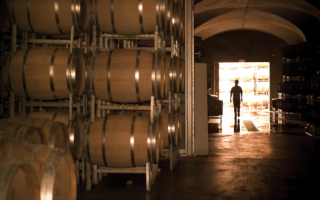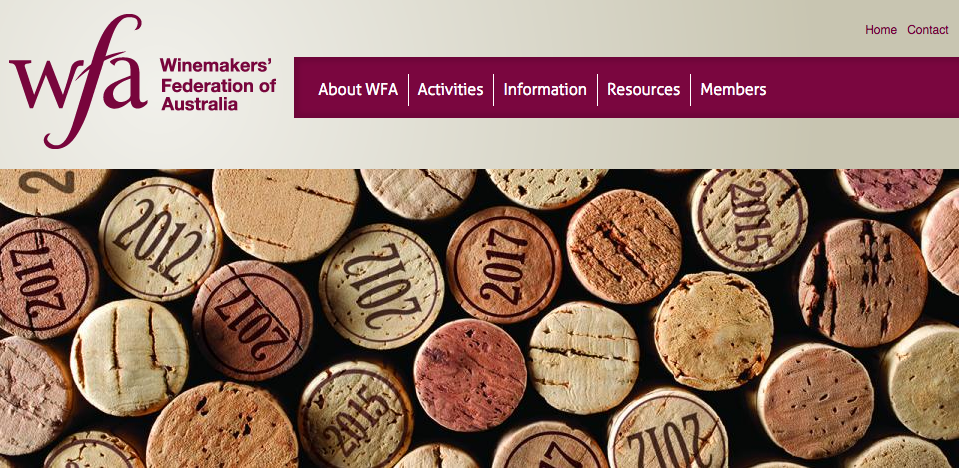Wine and tourism in Australia
Luxury can be in local customs.
Are you a particular and Oceanian person that you can show your wonderful country better than any agency to tourists?
Tell us about it,
and work with us
We will look for tourists for you.
This new is from The Winemakers’ Federation of Australia (WFA)
Wine and tourism
Wine tourism can be defined as “visitation to wineries and wine regions to experience the unique qualities of contemporary Australian lifestyle associated with the enjoyment of wine at its source – including wine and food, landscape and cultural activities”.
In other words, wine and food tourism encompasses travel primarily motivated by, or characterised by, wine and food leisure experiences that derive from the specific production, social or cultural dimensions of the destination.
The prospect of good wine and food has great appeal. A 2013 Tourism Australia Consumer Demand Research Project in 15 of Australia’s key tourism markets, identified that Food and Wine was a key factor in holiday decision-making, ranking third (at 38%) and the most important emotive trigger closely followed by world-class beauty.
The challenge for wineries and wine regions is to understand how to turn this motivation into actual visitor choices and how to put their names at the top of the list.
The other good news is that wine can have “mainstream” appeal in a sophisticated tourism industry that creates varied travel options. Tourists not specifically motivated by wine may be more than happy to have wine included in their itinerary, or to visit a wine region that offers activities beyond wine.
This means wineries and wine regions need to understand how tourism works and to think, as the tourism industry does, about “products”, “packages” and a diverse range of experience offerings.
This changing landscape for wine tourism is reflected in the industry strategy Harnessing the tourism potential of wine and food in Australia released by WFA in late 2011. It is a valuable starting point for businesses looking to start or expand a tourism operation. You can download the strategy as a PDF document here.
See also information about Tourism Australia’s complementary Restaurant Australia campaign.
Products and packages
“Product” refers to any tourism service or combination of services that can be offered to the market for sale, use or consumption; this includes physical objects, services, people, places, organisations and ideas.
“Packaging” involves combining products to create appealing – and ideally unique – tourism options that can be effectively marketed and sold. Wineries create packages by working with other providers; regions create packages by combining products from wineries and other providers; and tourism operators create packages by combining winery and/or wine region packages with other activities.
Getting started needn’t require a lot of cost or effort. You can expand your own cellar door experience by working with local food producers to offer matched tastings then link up with a restaurant, hotel, accommodation provider, transport operator or even a sporting facility to jointly market yourselves through the tourism network.
Paying others to help
Tourism providers are interested in wineries that can offer a range of experiences and products to visitors. This may range from a special winery tour to distinctive venue/dining options, unusual gifts, or a tasting/ touring/ accommodation offer.
Often this doesn’t mean a heavy dollar commitment from you. However, selling a tourism “product” is no different to selling your wine. If you sell direct to the consumer all the profit is yours, but if you choose to use an intermediary – be it a wine distributor or a travel agent – you need to factor in their expectations of being paid for their efforts.
To have access to the distribution channels of travel agents, overseas wholesalers (who market Australian tourism packages) or inbound tour operators (who co-ordinate arrangements for overseas wholesalers and travel agents) you will need to pay a commission of10-30%.


